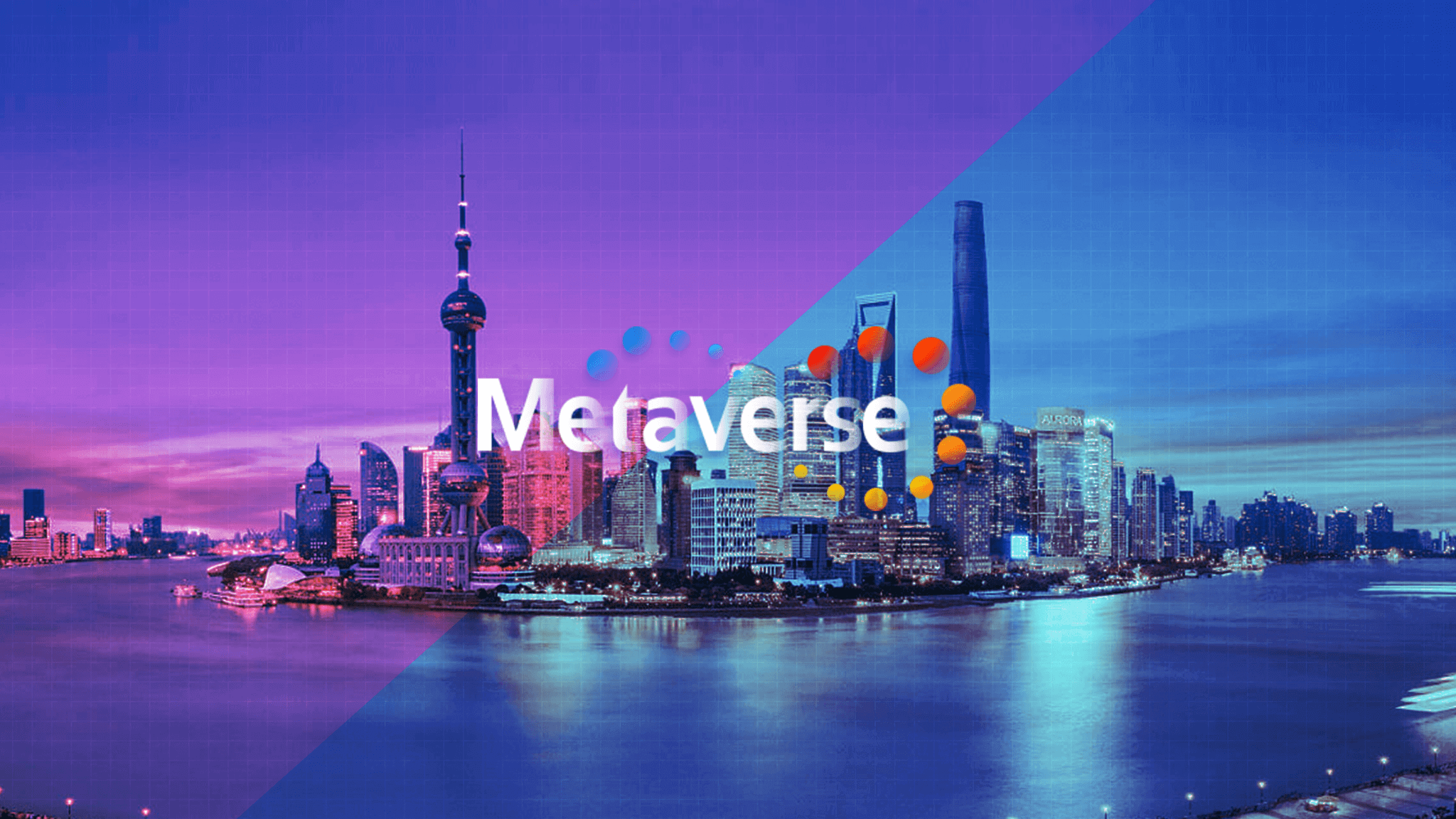What Is Big Data?
Technology has allowed the advent of an incredible amount of data. Today, this data is precious. Man’s ability to store and analyze it has given birth to big data, a world where data is king.
With the emergence of digital technology, the world around us has become more and more connected. From this ubiquitous connection, digital data was born.
Collecting it on a massive scale and storing it for better analysis: this is the principle of big data, which is gradually revolutionizing our daily lives.
Improving the energy performance of a house, anticipating the next economic crisis or even predicting an epidemic: these are some of the possibilities offered by big data.
By relying on the massive collection of digital data, made possible in particular by data centers, big data enables a more detailed analysis of the world around us. The open data movement, inspired by public authorities and which tends to promote transparency by releasing data, has only amplified the phenomenon.
Gathered, compared and scrutinized, data reveals previously unsuspected trends. From the quantified self, which is used to analyze personal data, to open data and open science: enter the phenomenal world of big data.
Some examples of how Big Data is used in business:
1. The use of Big Data to the rescue of human resources and recruitment
In recent years, Big Data has made it possible to develop recruitment optimization methods.
Thanks to job boards such as eQuest, CareerBuilder Big data Analytics or Monster SeeMore or online applications such as Recruiters (which uses 200 million Linkedin profiles), HR departments are more easily directed towards the best candidates in order to optimize the selection process.
This way, recruitment costs and time are considerably reduced and it is even possible to predict future recruitment needs!
2. A support for aeronautical maintenance
As crazy as it may sound, Big Data can also ensure your safety during a plane trip!
Indeed, thanks to algorithms capable of predicting the date when parts will break, taking into account factors such as time, stress or frequency of use, preventive maintenance is implemented.
In this way, potential accidents are avoided and the aeronautical industry benefits by investing upstream in maintenance processes.
3. Big Data to personalize your experience on e-commerce sites
Faced with the competitiveness of the e-commerce sector and the volatility of consumers (the average browsing time on an e-commerce site has dropped to less than 5 minutes), it has become clear that mass discourse and broad categorization no longer correspond to the current market.
The personalization of the navigation was quickly retained as the best way to capture the attention of the target. Thanks to Big Data, personalized product suggestions were made possible.
Today, many e-commerce sites are able to offer a fluid and perfectly adapted navigation to their visitors, following this analysis.
Amazon, for example, personalizes the home page of its site according to your tastes, interests, previous searches and data mining.
Netflix, on the other hand, manages to generate more than 33 million different home pages to offer its users content they like!
4. Make your company highly visible with retargeting
Retargeting: behind this word lies a technique that you know well!
It consists in offering a targeted advertisement to an Internet user during his future visits on other sites.
Based on the behavioral data of his browsing history, it is thus possible to “track” the potential buyer even if he is no longer on your site. Thanks to advertising agencies – whose objective is to obtain the maximum amount of advertising space – this data is collected and allows targeted display of promotional banners.
By dint of visibility, this allows the Internet user to come back a second time (or more) on your site, until a potential purchase.



